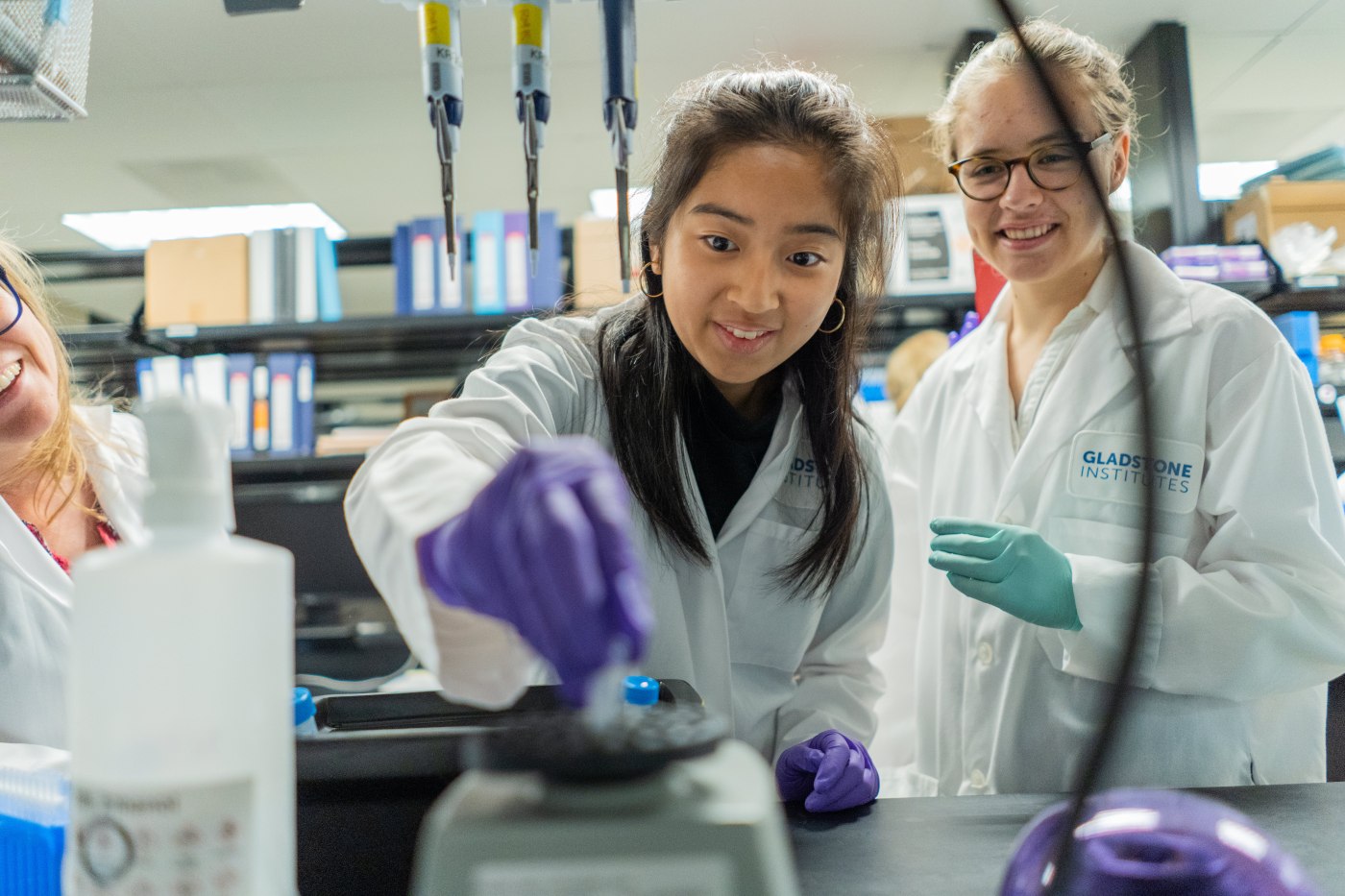
Like redwoods, the Golden Gate Bridge, sourdough bread and high housing prices, science is a key part of the Bay Area’s sense of place.
The region is home to UC Berkeley, Stanford and other top research universities, a long list of Nobel prize winners, world-famous museums, aquariums, medical centers and many of the planet’s leading technology companies.
Related Articles
UC and CSU researchers caution against blanket cellphone bans in schools
Why a scholarship for Black California students now has to accept white applicants
Saratoga High represented in Speaking and Service Awards
Hillbrook School represented in national Speaking and Service Awards
Trump administration tries to gut special education department amid government shutdown
So it should come as no surprise there’s a big shin-dig to celebrate science as cool and fun. In fact, it’s billed as the largest live education event in Northern California. The 12th annual Bay Area Science Festival is scheduled for 11 am to 4 pm Saturday at Koret Quad at UC San Francisco’s Mission Bay campus in San Francisco, one block from the Warriors arena.
The event is free and open to anyone, with a particular focus on families and kids.
This year, UCSF organizers are planning a robot zoo, air rockets, live leopard sharks and a 30-foot-long whale skeleton. They’ll have machines to see your own brainwaves. A military airplane cockpit to sit in. Marshmallow roasting by sun-power. And tours of USCF labs.
“The goal is to bring the community together to celebrate science and have fun day,” said Katherine Nielsen, co-founder of the festival. “There’s something for all ages.”
For more information, go to www.bayareasciencefestival.org
Dozens of major institutions, including the Lawrence Hall of Science, the Northern California Geological Society, UC Berkeley, the California Academy of Sciences, the Marine Mammal Center, the Tech Interactive museum, Chabot Space & Science Center, the California Coastal Commission, Gladstone Institutes, Aquarium of the Bay, USGS, the Oakland Zoo and others will have booths and run exhibits.
Admission is free. Organizers are expecting about 10,000 people, rain or shine, with plans to bring much of it under tents and indoors if the weather turns wet. There’s a chance of light rain early in morning.
“It’s a great opportunity to experience the passion and the work of the scientists and engineers, health professionals and geologists,” Nielsen said. “I love the connection between people around science. We always we hear how rejuvenating it is.”
The event began in 2011. Over the years it has been held over multiple days in various locations around the Bay Area, usually with a big final day at Oracle Park, home of the San Francisco Giants. When the COVID pandemic hit, it went virtual in 2020 and was cancelled in 2021. It came back in 2022 but wasn’t held in 2023 or 2024.
Nielsen said during those years the 8-person team at UCSF who organizes and runs the event every year moved offices from the UCSF Parnassus Campus in San Francisco’s Inner Sunset neighborhood to the Mission Bay location. Also at that time there was some staff turnover.
“We felt like we couldn’t do the festival and the move and bring on new team members,” she said. “There was a lot going on. Now we are all settled and we are ready to bring it back.”
Every year there are between 75 and 100 science festivals around the United States. Their goals are often to inspire children to pursue careers in science, engineering and medicine, raise awareness about science with the public, and build support for scientific research and institutions.
“Science festivals that engage families are more important than ever as government support for both science and education is getting reduced or eliminated,” wrote Dale Dougherty, founder of Make Magazine, in a piece this spring about the North Bay Science Discovery Day, which was held in March in Santa Rosa.
“If you have any doubt of the event’s impact, you can read the messages left on the graffiti wall,” Dougherty wrote:
“Yippee for science
I will never forget it
I am a STEM girl
I love the tidepool animals – now I’ll know them when I go to the beach
I’m having a good time
We’ll be back
It is so fun to connect science to everyday life
Give me more science – plz do it again
I saw a queen bee!”
During its first three years, the Bay Area Science Festival received a grant from the National Science Foundation to help with funding. That grant has since run out. Chevron was a major sponsor, but the company moved its headquarters from Richmond to Houston.
Sponsors this year include the Gordon and Betty Moore Foundation, the Gilead Foundation, and companies like Merck, Novartis and Amgen.
Organizers are always looking for new supporters, Nielsen said.
“We have operated on a very tight budget in the past,” she said. “That is still true today.”
After years at Oracle Park, she said, the organizers wanted to showcase USCF’s Mission Bay campus and labs. Add to that, they couldn’t rent the ballpark until after the World Series, just in case the Giants were in it. And in recent years, Major League Baseball has been pushing the World Series later into the year as playoffs expand and the league avoids Sunday games so as not to overlap with the NFL.
“As you get later into November, it’s colder and there’s more rain,” Nielsen said. “I love the ballpark. It was a huge draw. But we felt we wanted to bring people to UCSF and this was a great opportunity to do that.”